
12 minute read
THE NEW FACE OF CAMP 2010–2019
THE NEW FACE OF CAMP 2010–2019
PEOPLE
Advertisement
During the summer of 2012, Executive Manager (Camp Director) Mark Thompson exchanged his flip flops for dress shoes as the new Executive Director for the Rancho Family YMCA, a community branch of the YMCA of San Diego County. Mark was the longest serving camp director during the first 50 years of YMCA Camp Surf. Zayanne Thompson served as the interim director, and after a competitive process was hired as the new Executive Manager. Her passion for the mission, knowledge of program and operations, and strong community relationships were a great fit to support YMCA Camp Surf. Tom Madeyski continued to oversee all 3 overnight camps and was promoted to District Executive, with the additional role of supporting day camp programs for the entire San Diego YMCA. From 2013 to 2015, Keith Fargo, the son of Captain Bill Fargo, served as Chair of the Overnight Camp Board of Managers.
A number of staff changes at YMCA Camp Surf significantly impacted the achievements to come. Zayanne changed the staffing structure and for the first time YMCA Camp Surf had three program directors for Summer Camp, Outdoor Education, and Castaways. Joseph Breedlove returned as the Food Service Director and Clayton Jones returned as the Castaway Director to round out a strong team. In 2017 a major change in the office occurred. Esther McKee was first hired by Dick Mason in 1994 as a part-time receptionist. After multiple promotions over 23 years, Esther retired as the Director of Administration. Esther’s heart for camp, passion for diversity, strong community service, and “management” of 4 different camp directors is a testament to her character and patience.
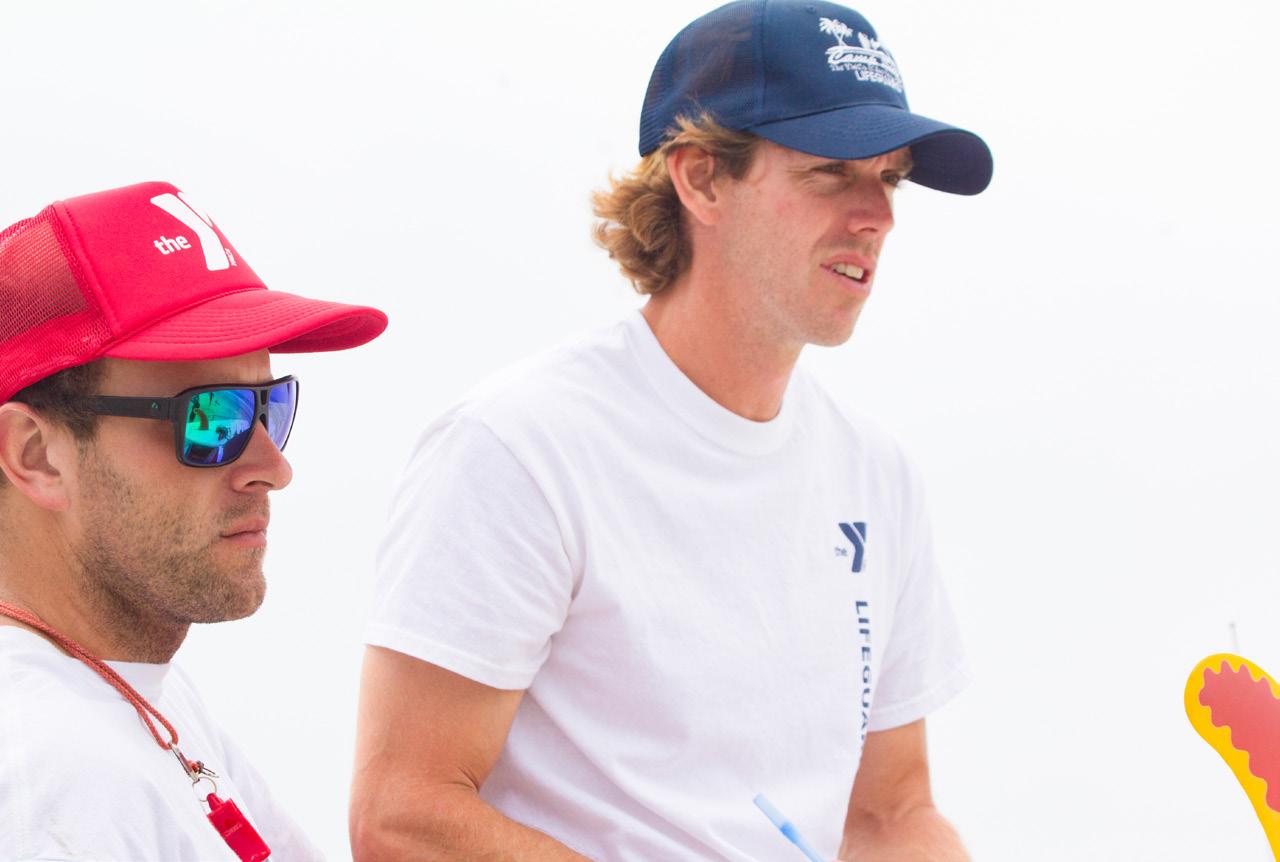











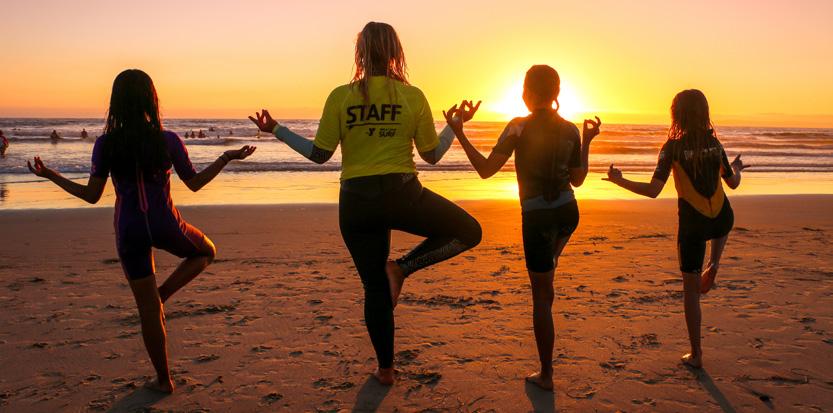












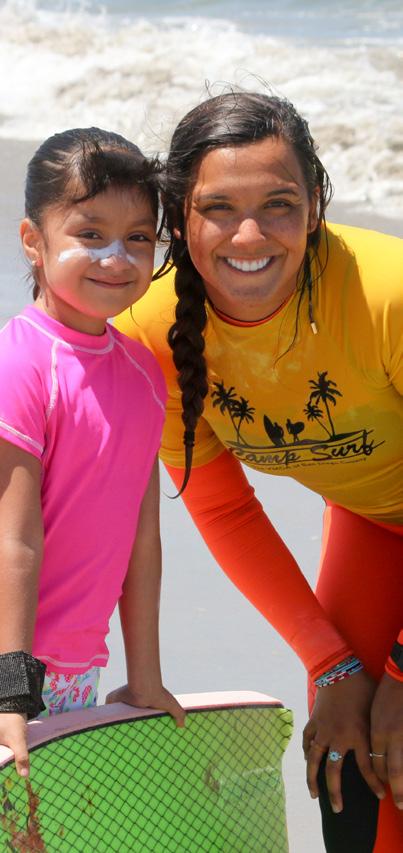












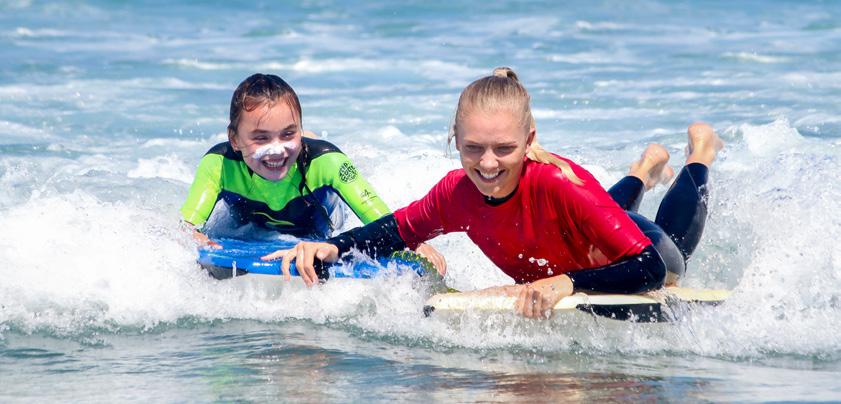


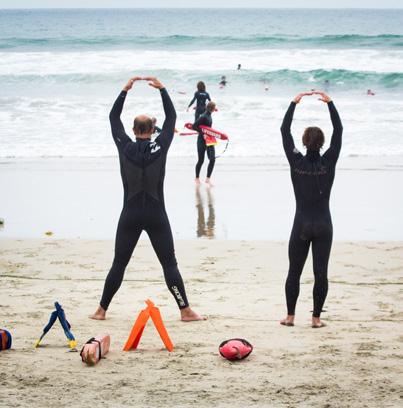

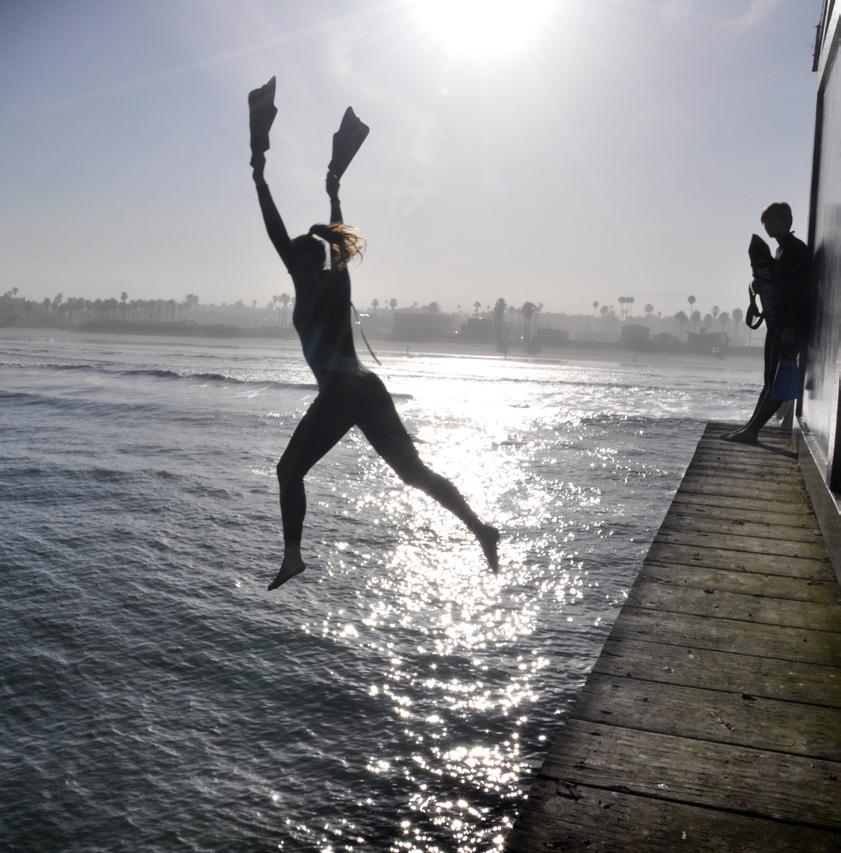



– HENRY WADSWORTH LONGFELLOW

PLACE
The changes at YMCA Camp Surf were growing in both scale and impact. Between 2010 and 2012, Mark Thompson managed several design-build projects. Watermen Village cabins were enlarged to add additional bunk beds, and two large cabents replaced the platform tent near Cabin 9 to move all teens to one area of camp. In 2011 the “Sugar Shack” was opened, and for the first time campers were able to go inside the camp store to purchase snacks and souvenirs. The building included wetsuit storage and was surrounded by a large patio with seating and a gas fire ring. Before his departure, Mark was able to solidify three distinct cabin villages, and add an important gathering area in the center of camp that provided key services for campers and families.
In 2012 not only did the face leading camp change, but events were set in motion that drastically changed the face of camp. Facility needs, donors, and relationships aligned to successfully build the first indoor dining facility and replace 13 cabins. Zayanne Thompson was the project manager for the three largest capital expansion projects in YMCA Camp Surf’s 50-year history.
The initial design for a new dining hall was created by Mark Thompson and Sean Bollinger, a long-time camper and counselor studying to be an architect. The curved roofing was a nod to the early Quonset huts. Once conceptual design was done Tom Madeyski started fund-raising for the project, and Dan and Vi McKinney stepped forward with a seven-figure gift to fund the McKinney Oceanfront Center. Demolition started in November 2013 with a tight timetable. Unique delays included the discovery of a buried Navy tank containing JP-5 jet fuel, and the unanticipated reinforcement repairs to the adjacent sea wall made the timeline even more challenging. A number of changes were required to mitigate these unexpected costs, however aesthetic changes were possible thanks to creative purchasing, planning, and the incredible talents of the camp facility team. This team completed most of the finishing touches inside the building, which offset the cost of additions like the fireplace, patio trellis, and copper roof. Zayanne’s tenacity, expectation of quality work, and attention to detail resulted in a beautiful coastal space that met the needs of camp, capitalized on the location, and was completed in time for summer 2014.

By the fall of 2015, funding to replace the platform tent and 6 cabins in Mariner Village was ready. Navy approval, site development, and project execution were all managed by Zayanne. To expedite the building process, modular units were custom designed to completely replace all 7 structures. This was an unconventional project with interesting issues, like when ½ of the first cabin tipped over on the freeway en route from Arizona. With support from staff and the site development team, the village was transformed. In the spring of 2016, for the first-time, guests of YMCA Camp Surf enjoyed insulated cabins with a sliding window, reading light, shelving, and extra-long mattress in every bunk! 2

In 2017 Phase II of cabin replacement was started. Three cabins, two cabents, and one platform tent were replaced with 4 new cabins to create Beachcomber Village and a separate 2 cabins for SOUL Surfers. Due to the proximity of the wetlands and site placement challenges, Phase II cabins were still modular units but had a different layout and the interior shiplap was sealed instead of painted. The look was stunning. Zayanne was the project manager again and the facility team played a much larger role in this project. They built retaining walls, all bunk shelving, conduit for new electrical, what they called the “Superdeck” for teens, and as a special touch, the bunk ladders salvaged from the original cabins were refinished and reused in cabins 7-13.
It was a busy decade for facilities even without the capital projects. In 2013 a third director house was purchased and brought onto the site. The first two director homes got a facelift with new roofs, flooring, siding, and exterior paint. Full time housing now included 3 manufactured homes, and the beach house. That same year, work started to pave and landscape the parking lot. A neighbor complaint resulted in the Navy reconsidering approval. Zayanne worked with the board, Navy environmental, and several engineering firms to mitigate the added requirements. The new plan was approved. Unfortunately the added costs were prohibitive, and the project was put on hold.
By 2000 the camp Facility Team had grown to a staff of six. Their talent and creativity were a great match to meet the needs of over 15,000 people that came through YMCA Camp Surf each year. Accessibility was improved with a boardwalk from center camp to all Mariner cabins and to the waterfront, and a ramp from the parking lot to Mariner Village. Lifeguard “Tower Zero” was rebuilt, the climbing tower was resurfaced, a large quarter-pipe was constructed for summer skate boarding, and the rusty roofing at Waterman Village was also replaced with Plywood and new corrugated tin. In all more than $3.5 million dollars in capital and major facility improvements was managed by Zayanne, in a role she thought she never wanted, but absolutely loved!















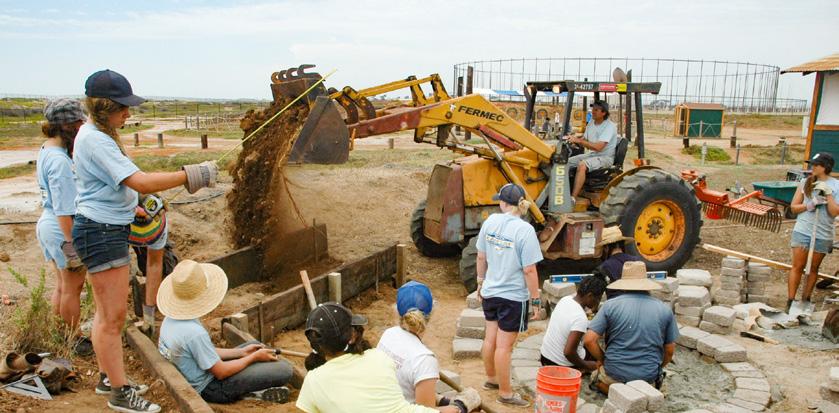
“EXAMPLE IS NOT THE MAIN THING IN INFLUENCING OTHERS, IT IS THE ONLY THING.” – ALBERT SCHWEITZER











PROGRAMS
Significant changes made good programming even better. The new Sugar Shack stored over 300 wetsuits for summer camper use and weekend rentals, and the indoor store space increased opportunities for campers to budget and balance healthy choices. In 2012 Castaways, who had been beach tent camping with full program every summer, was changed to only weekends in order to allow for a Monday-Friday focus on overnight and summer day camp. Camp was being recognized nationally for its strong environmental stewardship, and in 2012 the Beach Party fund-raiser was moved from June to August and turned into a family event. In 2017 it was moved back to the original adult format and moved to November.

Jetty Shredder recognition for campers and staff started in 2011 and was retroactive for anyone that had attended or worked 5 seasons of summer overnight camp. Each week during summer, new Jetty Shredders signed the surfboard hanging in McKinney, and were given a Jetty Shredder pin. Only Shredders could purchase the Jetty Shredder T-shirt. The first Jetty Shredder surfboard was donated to camp by Castaway Director Tim Pirkey. A new board was started in 2015, donated by Camp Director Mark Thompson. In his words, “this board has seen a lot of great lefts off the YMCA Camp Surf jetty, it is an honor to give it to camp as the next Jetty Shredder board”.
The program and operational growth continued exponentially at YMCA Camp Surf. Zayanne and her team grew operations 30 percent to a $3.1 million annual budget. The day camp program doubled in size, and in 2013 was given the name Voyager Village. By the end of the decade day camp was full, with large waiting lists for every summer session, summer camp was close to full, Castaways had become a milliondollar program, and Outdoor Education had expanded to fill the spring and early fall. Community Programs gained in strength throughout this decade. YMCA Camp Surf started serving community and non-profit groups for events and meetings in McKinney Oceanfront Center. Although it was mostly revenue neutral, the team developed a passion for serving the community. Relationships with local non-profits, The Rotary Club of Coronado, the City of Imperial Beach, and YMCA community branches grew.
Thanks to a long line of dedicated staff, volunteers, and donors, YMCA Camp Surf finished 50 years strong serving summer campers, outdoor programs for schools, weekend recreational programs, and their local community.

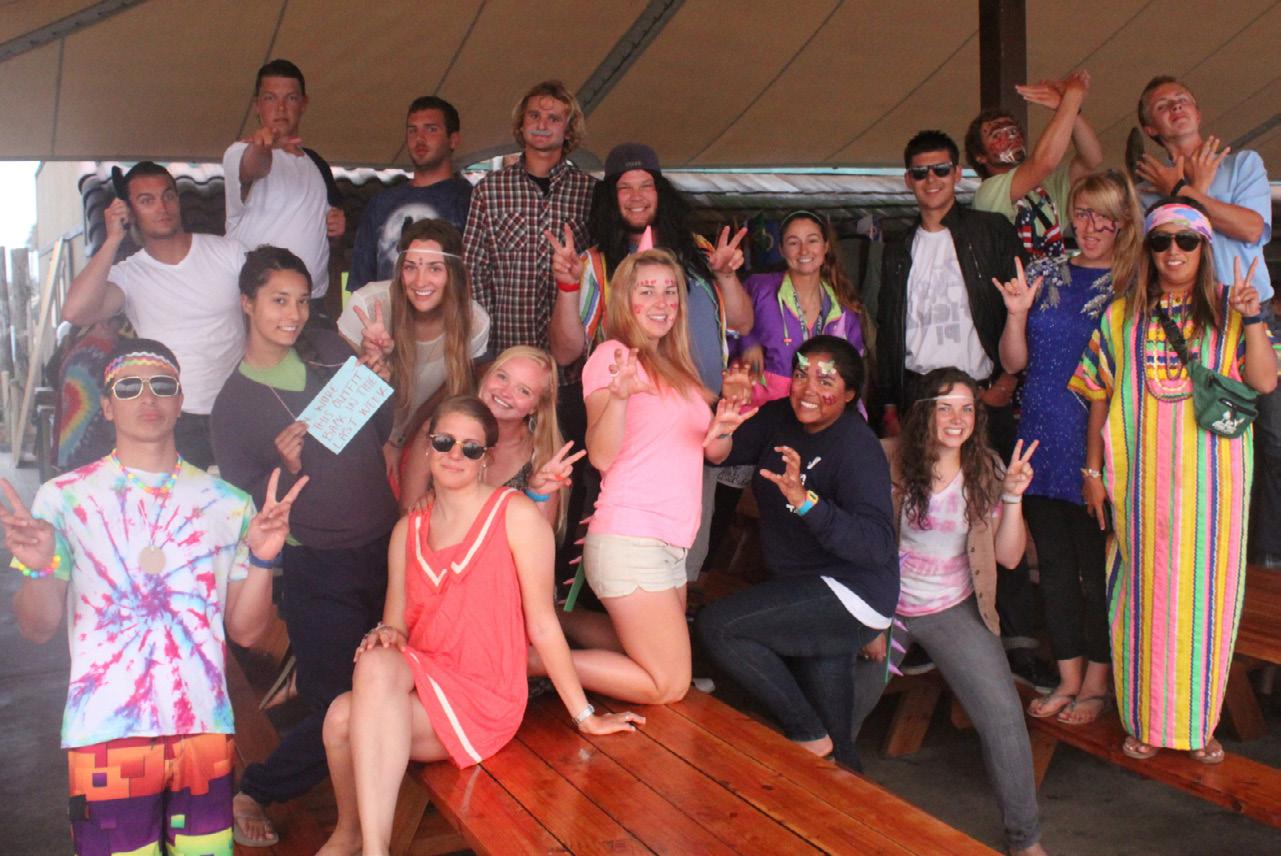
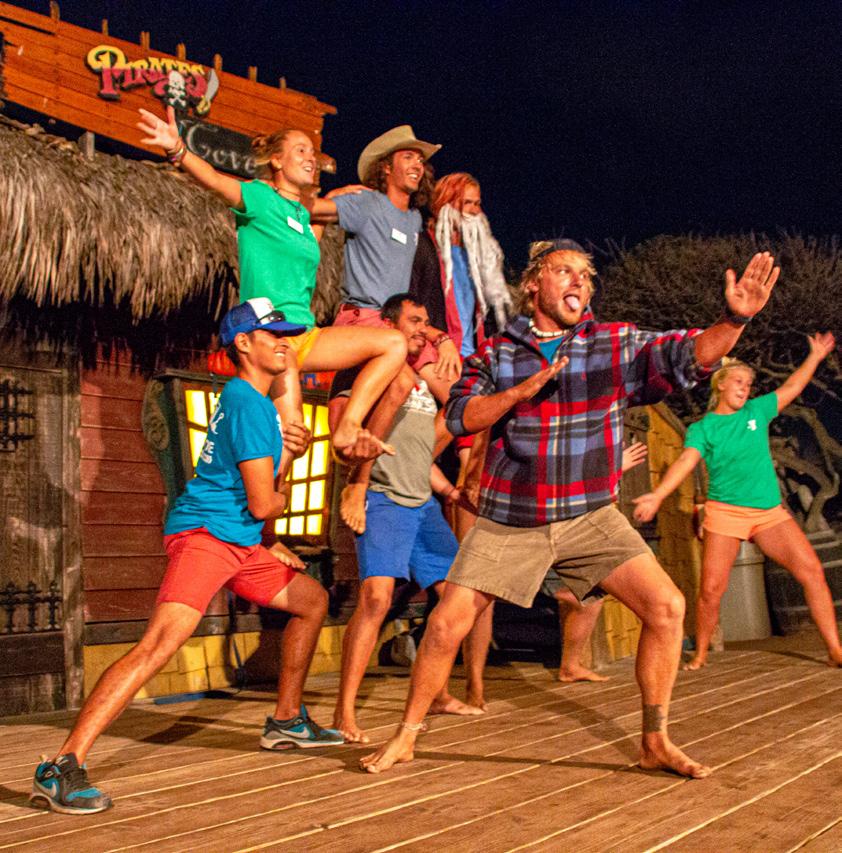







4











